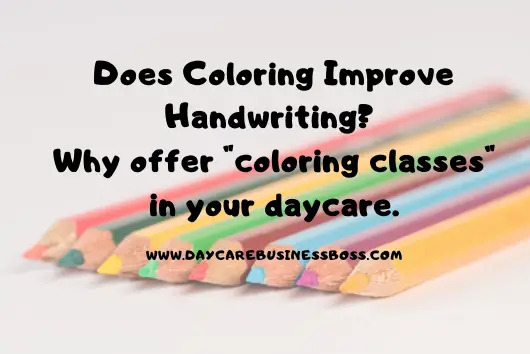Coloring has proven benefits such as increased cognitive development, psychological health, and enhanced creativity. Not only is it an expressive medium, but it can also be used throughout the learning process.
Coloring improves handwriting in children by helping them develop the hand muscles involved in dexterity, coordination between both hands, the endurance needed to write for prolonged periods of time. It also develops a child’s ability to consider boundaries on a page and how to describe their thoughts and feelings that they’ve put on paper while increasing their attention span and ability to focus on one activity for a prolonged period.
Start a child’s coloring adventure with crayons
Almost all children begin their coloring adventures with crayons. Children need to learn how to grip an object with their fingers, and crayons are perfect for the job because they are light and bulky.
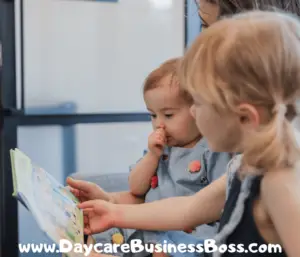 Children will at first grip a crayon with their fist, and it’s ok to let your child color like this. This hand position helps the child develop endurance and the muscles needed to later hold the crayon in a tripod fashion.
Children will at first grip a crayon with their fist, and it’s ok to let your child color like this. This hand position helps the child develop endurance and the muscles needed to later hold the crayon in a tripod fashion.
When children first begin coloring, they may complain early that their hands hurt. This is because their muscles in their hands are getting a workout in a way they haven’t experienced before. Encourage your child to push through that feeling and continue with their coloring project.
Crayons allow the user to push down harder and see darker lines. In turn, if they push down lightly, the line will be lighter. Markers don’t have the same qualities that demonstrate how pushing can change the color saturation of a marking.
When a child begins showing expertise in their coloring habits, such as coloring between the lines, coloring over their same markings, using shading, and drawing extra objects, it may be time to graduate to colored pencils. Make sure to try to work on a tripod grip with your child while they’re using crayons so they aren’t overwhelmed by colored pencils.
How does coloring enhance eye-to-hand dexterity?
Coloring allows kids the chance to practice holding a writing tool, like a crayon or colored pencil, in a way that best serves their needs. Children gain the ability to pay attention to what their chosen writing tool is creating on the page, which later gives them an advantage when it’s time to learn about written scripts and cursive writing.
Children are especially reactive to time limits and will challenge themselves to hold their writing tool in the best manner needed to complete the objective if offered a deadline. This improves their hand-eye coordination as well as providing them with an opportunity to prioritize what it is they need to do to convey the ideas in their heads.
Placing deadlines will increase cognitive abilities by naturally causing the child to prioritize what it is they need to get done.
Why does coloring strengthen muscles in the hand?
Fine motor skills are increased through coloring activities. As children learn to grip their crayons and colored pencils, the muscles in their hands are encouraged to develop in a 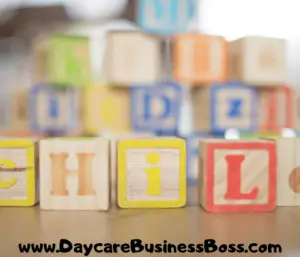 manner that supports the use of small things. Eventually, a child who becomes adept at the use of crayons will graduate to the use of pens and pencils because of this motor skill development.
manner that supports the use of small things. Eventually, a child who becomes adept at the use of crayons will graduate to the use of pens and pencils because of this motor skill development.
The more they color before school starts, the more likely it is they’ll be able to hold a pencil by the time writing classes roll around. If you find that your child is resistant to coloring activities because of how tired their hands get, try doing activities with play-doh or clay before introducing regular coloring to help them develop their muscles enough to color.
Putting your adult hand on top of their hand gripping the crayon and guiding the child to the color would also help them understand what it is they’re supposed to be doing during coloring time and allows them to get a feel for what coloring is supposed to feel like.
You can choose to use broken crayons to further increase a child’s dexterity and coloring development. The use of broken crayons allows a child to really focus on a tripod grasp (how most adults hold their writing utensil) because they are unable to wrap their hand in a grip formation around a full crayon.
Using both hands at the same time is a skill that coloring helps to develop
Bilateral coordination means that an individual can use both of their hands in tandem to complete tasks. It’s easy for adults to take for granted that they’re able to use both hands at the same time.
As a child color, they’ll use one hand to hold the crayon and the other to assist in their art-making. They’ll most likely secure the paper with their non-dominant hand while their dominant hand executes the coloring.
This allows kids another avenue to develop strength in their dominant hand while teaching them important coordination skills that will play a large role in their success with handwriting.
To further challenge kids, let them color on different types of paper so they can see how they have to change up their joint hand coordination to keep drawing on the surface provided. Try coloring sessions that rotate between binder paper, cardboard, construction paper, and other types of papers with different textures.
Coloring helps children learn boundaries which enhances their writing as they develop
As a kid becomes more aware of their body positioning while coloring, they are also developing visual skills such as situational perception which will help them develop their 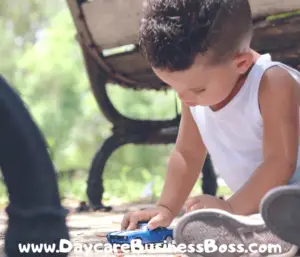 handwriting skills down the line. They’ll begin to recognize that lines are boundaries for color that should be maintained.
handwriting skills down the line. They’ll begin to recognize that lines are boundaries for color that should be maintained.
This will translate into them staying in the lines or the margin when writing skills come into play later in their educational career as they’ll have spent the time learning the value of following lines and rules to convey their ideas and drawings.
Focus is increased during coloring activities which translates to skills such as forming letters and writing sentences later down the line. Focusing on boundaries also focuses their mind in a way that increases attention span as they pay attention to details for longer intervals.
When a child can single-handedly focus on a coloring creation, they are learning how to begin a task, execute it and see it to completion. This will help them consider letters in their entirety, break them into the subsequent lines needed, and execute the entire letter without forgetting a line or a loop.
Developing boundaries leads to developing the skills needed to plan
Once kids realize the boundaries inherent in a coloring page or activity, they’ll begin to start developing a plan around how they want to execute a coloring page. They’ll begin analyzing the project set before them and deciding before they begin which colors to use and where to place those colors on the page.
These skills will translate into their ability to plan and execute any project in the future.
Developing ideas helps to develop words that can be used in sentences
As children color, their adult caretakers will naturally try to discuss art with the child. This interaction allows the child to identify words and sentence structures used to convey certain ideas, which is helpful when the child is ready to begin expressing themselves through the written word.
 When a child finishes a piece they have created, prompt them to describe what is going on in the picture for you or why they picked certain colors and strokes. This will help children develop descriptive phrases and adjectives, which will allow them to become more discerning with their word choices.
When a child finishes a piece they have created, prompt them to describe what is going on in the picture for you or why they picked certain colors and strokes. This will help children develop descriptive phrases and adjectives, which will allow them to become more discerning with their word choices.
Children will begin learning the nuances of color differences and will begin inquiring about detailed color names such as the difference between fluorescent yellow and canary yellow. This speeds up their critical thinking processes by giving them new visuals from which they can discern descriptive words. Understanding variations in color increases their ability to recognize nuance and opportunities to delve into details in conversation.
Critical thinking is enhanced as a child is exposed to more and more vocabulary words because the child can choose from a growing bank of descriptors to identify how they think or feel.
Coloring of any kind is beneficial so keep those crayons handy!
Coloring is a valuable tool to use in child development because of the many qualities it helps to enhance. Even when your child is just scribbling, they are working toward developing the tools and techniques they need to write in a coordinated manner later in their lives.
Coloring is much more than simple entertainment; it is a valuable learning tool that will set your child up for success in the future. As your child’s coloring improves, you can take pride in knowing that they are developing skills that will carry through for a lifetime!
Check out these books you SHOULD have HERE!
Questions:
At what age should my child begin coloring?
Children should begin coloring before they enter preschool as the development of the skills mentioned in this article is vital for success in school.
How do I nurture a tripod grip in children?
Once a child becomes adept at coloring with a crayon, begin introducing pencils and pens which are harder to grasp. This will encourage them to begin holding a pencil in a tripod, which is the manner almost all adults use to grip their pencils.
How does coloring help children perceive the color wheel?
When they overlap colors during the coloring process, they’ll begin to understand which color combinations produce what colors.
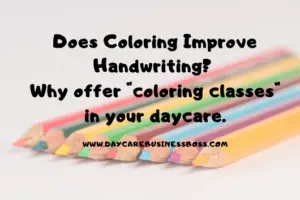
Please note: This blog post is for educational purposes only and does not constitute legal advice. Please consult a legal expert to address your specific needs.
To learn more on how to start your own daycare checkout my startup course and documents here.

Meet Shawn Chun: Entrepreneur and Childcare Business Fan.
I’m a happy individual who happens to be an entrepreneur. I have owned several types of businesses in my life from a coffee shop to an import and export business to an online review business plus a few more and now I create online daycare business resources for those interested in starting new ventures. It’s demanding work but I love it. I do it for those passionate about their business and their goals. That’s why when I meet a childcare business owner, I see myself. I know how hard the struggle is to retain clients, find good employees and keep the business growing all while trying to stay competitive.
That’s why I created Daycare Business Boss: I want to help childcare business owners like you build a thriving business that brings you endless joy and supports your ideal lifestyle.

